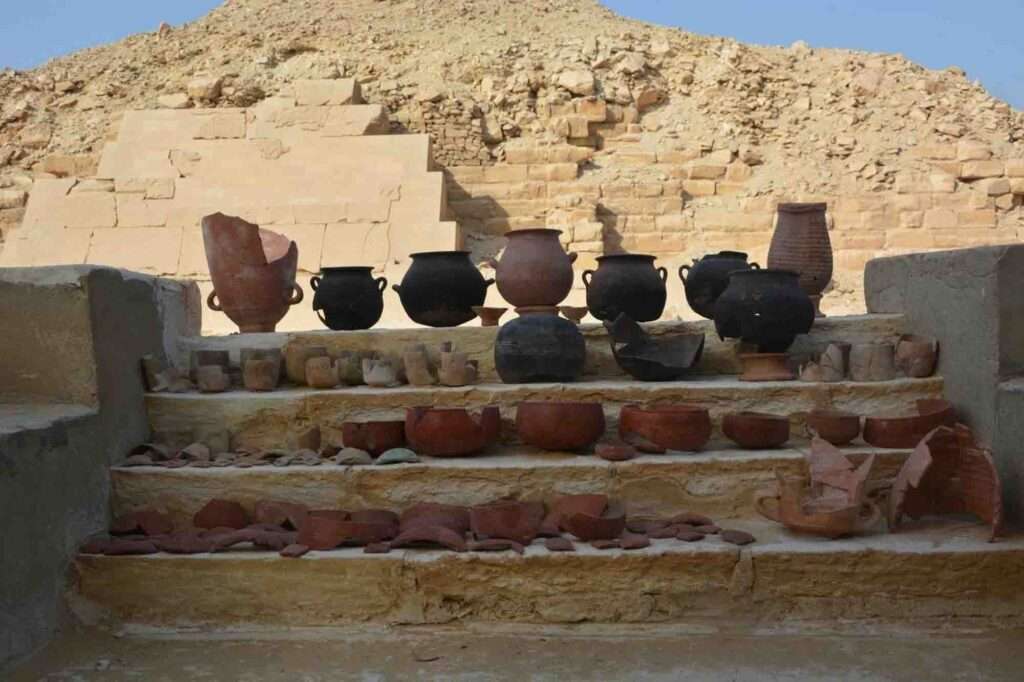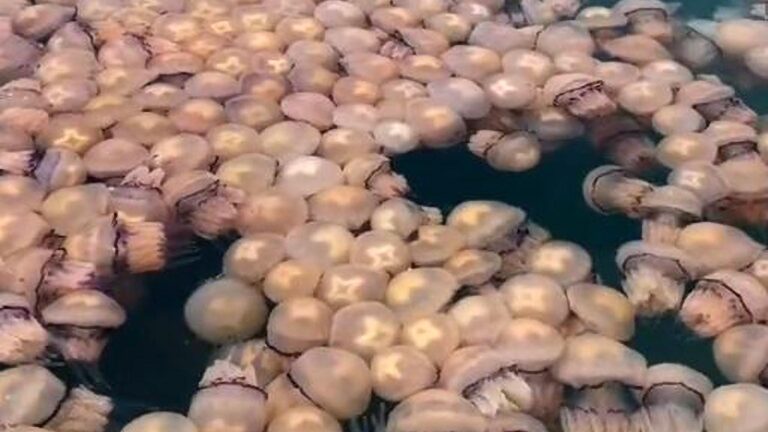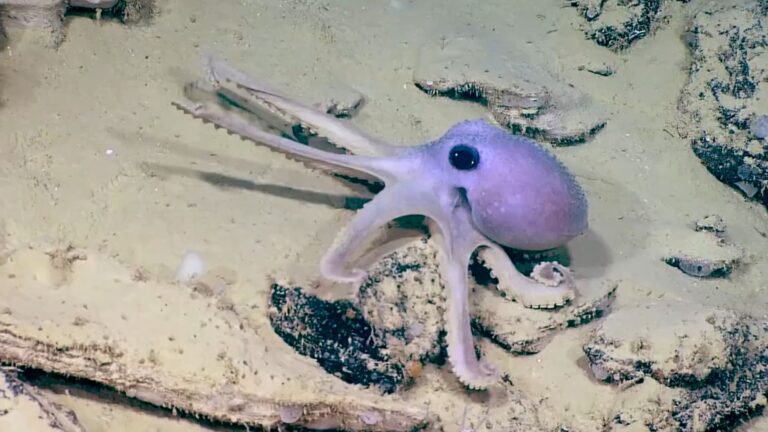Groundbreaking research made possible by the discovery of an ancient embalming studio has allowed scientists to finally discover the secret recipes with ingredients from all over the world used by the Egyptians to preserve bodies.
The team found that the variety and complexity of the embalming concoctions were so sophisticated that probably the demand for the substances may well have been one of the engines that fuelled the development of the global trading network thousands of years ago.
Ingredients like dammar gum and elemi resin from tropical Africa and Southeast Asia were only some of the items used in ancient Egyptians’ embalmment recipes in use around 2,700 years ago.
The highly developed global trade at the time, which was exhibited by the team unravelling the secrets of embalming, left the researchers from the National Research Center in Cairo, Egypt, LMU Munich and the University of Tuebingen, in Germany, stunned.
It came to light after they analysed chemical traces in vessels from an embalming workshop in the village of Saqqara, near the pyramid of Unas, in Giza, Egypt.

It was of massive significance because each jar had the name of the ingredients that previously scientists had only been able to guess.
Reports claimed that mummification specialists embalmed the dead in the newly discovered workshop in the seventh and sixth century BC.
The workshop contained numerous vessels which, to the Egyptologists’ great joy, were labelled with their previous contents, and some even had instructions for use.
University of Tuebingen researcher and leader of the excavation Susanne Beck said in a statement obtained by Newsflash: “We have known the names of many of these embalming ingredients since ancient Egyptian writings were deciphered.
“But until now, we could only guess at what substances were behind each name.”
University of Tuebingen archaeologist and head of analysis Maxime Rageot explained that the team was surprised when they finally unravelled the mystery behind some of the ingredients.
Rageot said: “The substance labeled by the ancient Egyptians as ‘antiu’ has long been translated as myrrh or frankincense.
“But we have now been able to show that it is actually a mixture of widely differing ingredients that we were able to pick apart with the aid of gas chromatography/mass spectrometry.”

She explained that it was reportedly a blend of cedar oil, juniper and cypress oil, and animal fats.
Further comparisons of the identified substances with the labels on the vessels enabled the archaeologists to determine which substances were used for certain parts of the body.
Pistachio resin and castor oil were reportedly only used for the deceased’s head.
LMU archaeologist and research founder Phillip Stockhammer said: “What really surprised us was that the bulk of the substances used for embalming were not from Egypt itself.
“Some of them were imported from the Mediterranean region and even from tropical Africa and Southeast Asia.”
Aside from pistachio resin, cedar oil and bitumen, which ancient Egyptians supposedly obtained from the Levant region (Mediterranean part of Western Asia), the researchers also found traces of dammar gum and elemi resin.
The two ingredients showed how globalised trade relationships were approximately 3,000 years ago, as the elemi tree resin came from tropical Africa or Southeast Asia, while the dammar tree can only be found in tropical Southeast Asia.
The scientists believe that Egyptian mummification played a huge role in the early emergence of global networks.

Rageot said: “Large quantities of these exotic resins were needed.”
Stockhammer added: “Thanks to all the inscriptions on the vessels, we will in future be able to further decipher the vocabulary of ancient Egyptian chemistry that we did not sufficiently understand to date.”
He said: “We were able to do all the scientific analyses ourselves in Egypt.”
Rageot added: “For that we must thank Ramadan Hussein, who discovered and led the excavation for the DFG Saqqara Saite Tombs Projects, and who sadly died unexpectedly in the spring.”
The study was published in the British weekly scientific journal ‘Nature’ on Wednesday, 1st February 2023.
To find out more about the author, editor or agency that supplied this story – please click below.
Story By: Georgina Jadikovska, Sub-Editor: Marija Stojkoska, Agency: Newsflash
The Ananova page is created by and dedicated to professional, independent freelance journalists. It is a place for us to showcase our work. When our news is sold to our media partners, we will include the link here.




